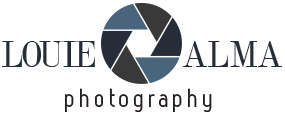The Swim Gap
Britain is facing a swimming crisis with 9 million British adults admitting they don’t know how to swim.
New research from easyJet Holidays has uncovered that half (50%) of those who didn’t learn as a child wanted to, while 42% admit to only staying in the shallow end and 33% now don’t feel confident in the water at all.





